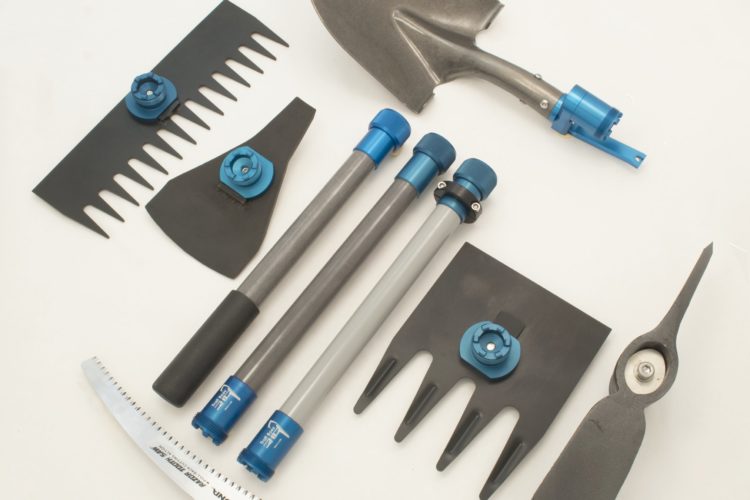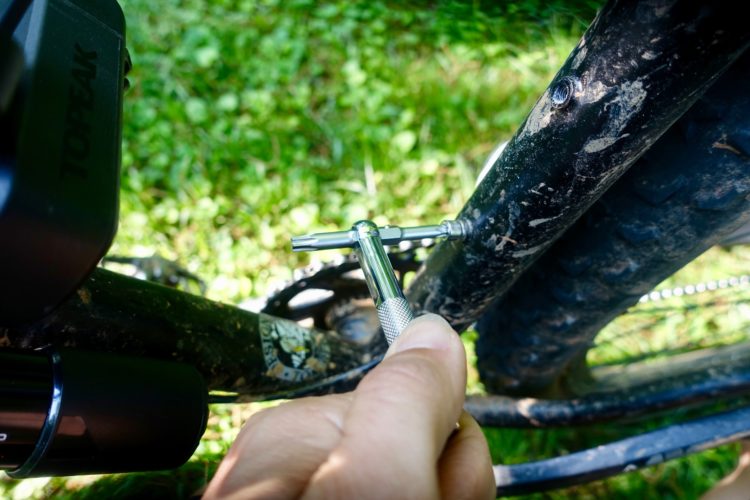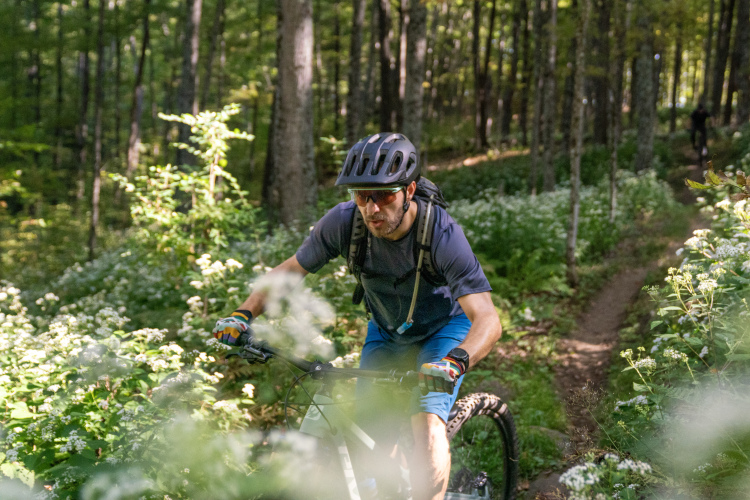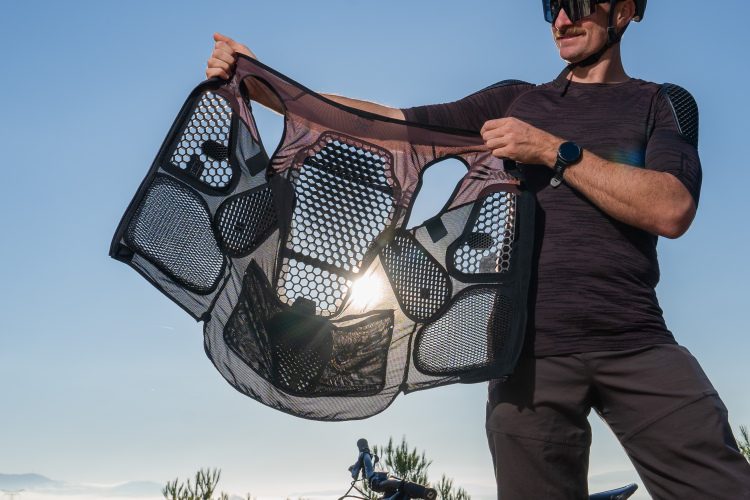
Many of us pay as much as we can afford for the bikes and gear that we use to play in the forest. Then we shell out more cash for the vehicles and vacation amenities that bring us to beautiful places, packed full of uniquely built tracks. Those trails, ribboning our endless adventures through ancient forests and expansive desert escarpments, are nearly always free. Or are they?
Like the roads we all pay for, trails receive streams of traffic throughout the seasons. At some point in the year, typically in winter when the ground has more give, legions of dedicated hikers, equestrians, trail runners, hunters, and mountain bikers volunteer to repair and rebuild worn tread and fix drainage problems. Often they have a beer and pizza lunch break while sharing stories of their dearest memories from the area. It’s a sweet way to spend a day. Some dedicated trail stewards don’t use the trails much themselves but show up because they like the strenuous exercise involved in the work.

As much as we would all love to throw a shovel on our local “trail maintenance days,” the dates often don’t work out with our personal schedules. Some of us have a list of excuses for not doing trail work that is longer than the trails themselves. Fortunately, there are important ways we can help make singletrack better for everyone, without missing any important shreds or other appointments.
One quick caveat: check with the person or group who manages the trail where you plan to work. Never cut plants or alter trails without permission. More on that below.
Brush trimming
One of the most time consuming and perennially necessary elements of trail maintenance is brush trimming. Unless you ride in a true desert, or above the treeline, your backyard trails are likely lined with plants that need to be trimmed back to keep the singletrack open. Managing vegetation can help maintain the intended path of the trail, opens up sight lines for faster riding, keeps plants from grabbing ahold of bodies and bike bits, and will allow riders to more clearly see if someone is up ahead of them.

Similarly to how one might spend pre-ride time on building core strength, keeping trails in good shape takes just a few minutes of work per ride. Even 5-10 minutes of trailside trimming each week makes a difference that other folks will appreciate (to be read with exercise-coach enthusiasm). Locate sections of trail where you notice plants hanging over the path your body passes through, and take a few minutes to trim those plants to a more reasonable distance. There is no need to widen the trail by trimming them to the ground. Simply chopping stalks back so that there is room for a person to ride through and see their line is sufficient. Additionally, most people don’t like it when their favorite singletrack turns into double-track, so cutting as little as possible is ideal. Then ride through the trimmed section at your normal speed to check sight lines and spacing.

Some trail tools that fit in most backpacks:
- Hand clippers
- Folding saw
- Pocket chainsaw
- Sickle
- Hatchet
- Machette
- Folding shovel
- A first aid kit
Destroy invasive species
If you get stoked on trail “brushing” and want to take it to the next level you can do some research to learn about invasive plant species in your particular area. Some common invasive species found in the U.S. include Himalayan Blackberry, bamboo, Chinese privet, kudzu or Japanese Knotweed. For a large-scale eradication project, you may want to organize a work/pizza party. Make sure to look into the best seasons to cut particular plants if you are doing trailside invasive species removal, as you don’t want to spread their seeds further while trying to get rid of them. During your swim in the information-super-highway of plants, you may want to research any poisonous species in your area to be cautious of as well.

Things to consider for a trail maintenance ride include:
- Check with the landowners or managers to make sure that you are allowed to trim plants and/or perform maintenance on the trail. Some areas require a permit and have a thorough trail management process.
- Wear “work gloves” instead of expensive riding gloves.
- Plan to endure more insect bites and stings than on a no-stop ride.
- Bring a few band-aids or other first-aid supplies if working with saws or larger tools.
- Keep tools and brush out of the trail in case folks ride through.
- When cutting trees and larger debris from the trail, make sure to review some tool safety tips.
- When trimming in the heat you will want to bring an extra water bottle in your tool bag.
- Afterward, tell your friends about your favorite part of trail maintenance. More weekly trimming riders are better for everyone.

[see_also id=’5332′]
Lastly, most government land-management agencies have specific brushing heights and widths they adhere to for particular use cases, so checking with those agencies and getting their permission may be a helpful first step.

So that’s it. With just a few minutes taken out of your ride each week, and a few extra grams of tools in your bag, you can be helpful to the larger trail communities in your area. If you find yourself thinking, “I am so slammed that I can’t even afford 5-10 minutes in my ride to trim some plants,” not to worry. There are plenty of us who can. You can always donate money to your local trail stewards organization instead.











1 Comments
Aug 7, 2018